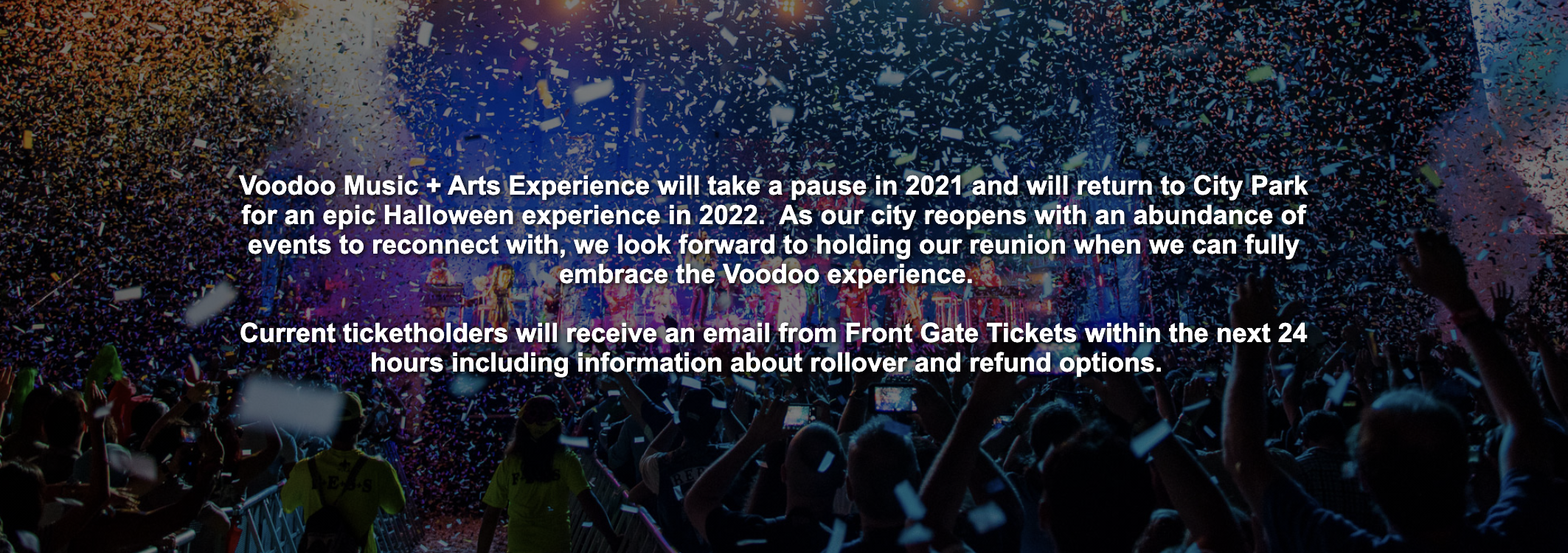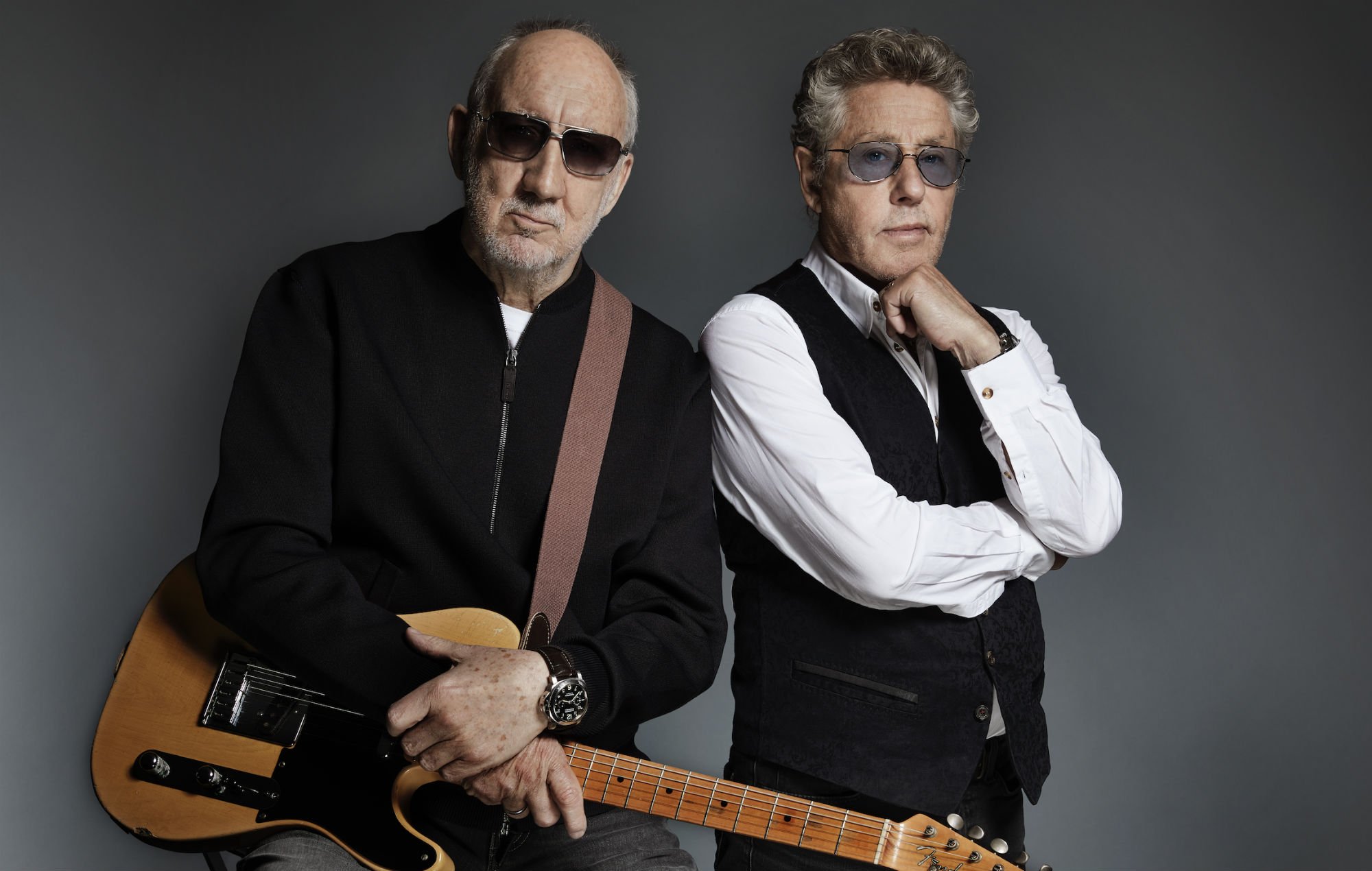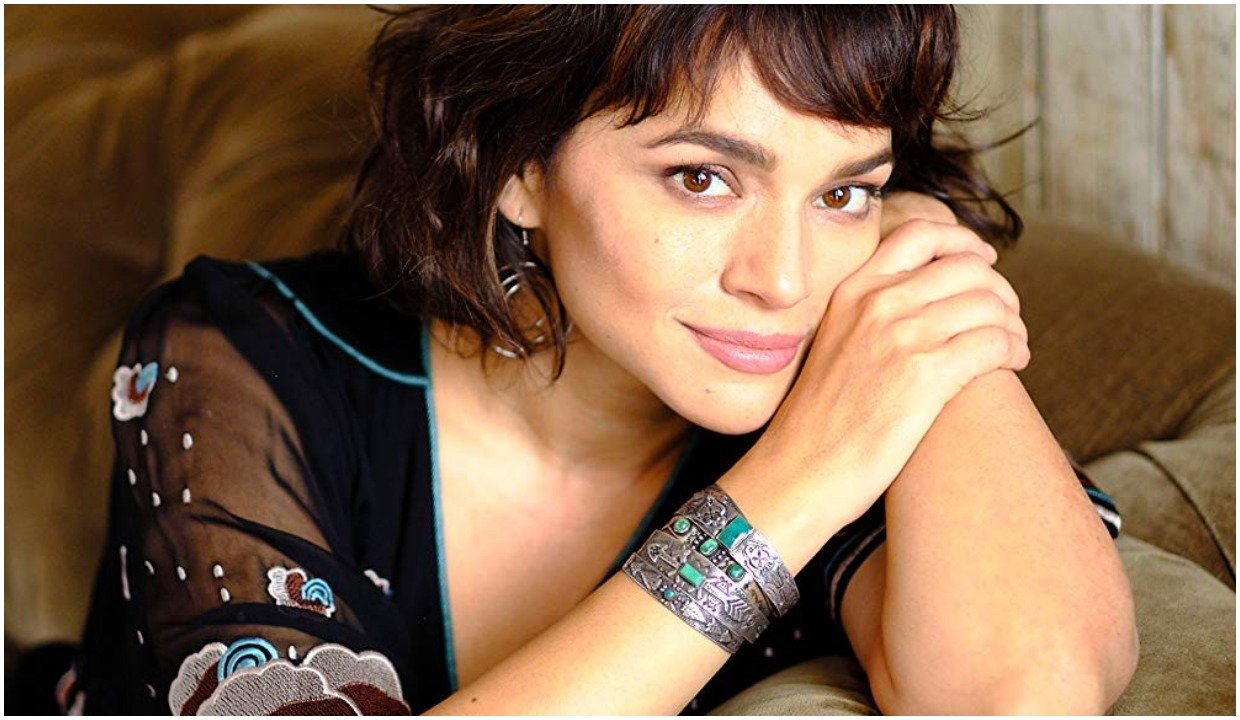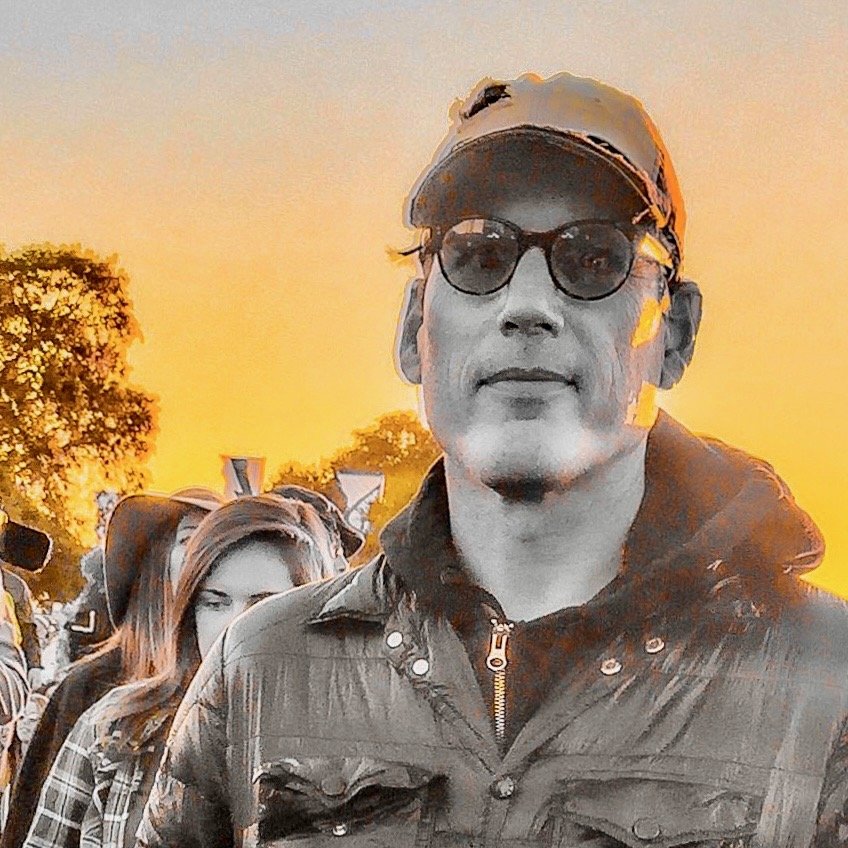Buku Has Tyler, Tame Impala, While Voodoo Has Questions
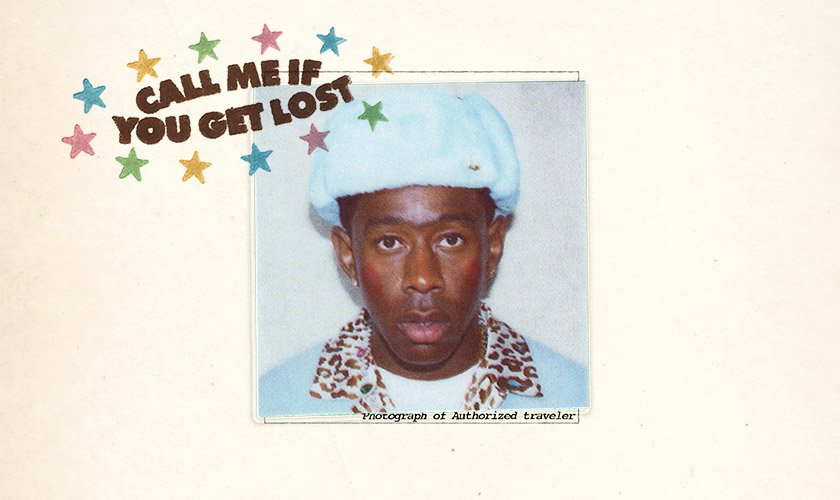
Buku’s 2022 lineup includes Tyler, the Creator
One New Orleans’ rock festival announced its future while another’s is in doubt.
The symmetry is tough to work with.
On Monday, the Buku Music + Arts Project announced its highest profile headliners yet when it returns on March 25 and 26, 2022 with Tame Impala and Tyler, the Creator, both of which were booked as festival headliners last fall when many rescheduled summer rock festivals tried to squeeze their weekends in. (You can see the lineup and sign up now for pre-sale now. Ticket packages go on sale Monday.)
On Friday, The New Orleans Advocate’s Keith Spera reported very different news for the Voodoo Music Experience. Evidently it issued unrequested ticket refunds, and the ticket broker for the event sent the message that the 2022 festival had already been canceled. In a statement, festival producers C3 Presents sidestepped the big question, saying, “In the spirit of the holidays and following a tough two years for many, organizers made the decision to refund all remaining ticket holders as a goodwill gesture. Information about the 2022 edition of Voodoo Music + Arts Experience will be announced in the new year.”
The success of one festival didn’t cause the issues that face the other, but the two announcements are related.
For Voodoo, the refunds are a bad sign. Companies with big plans don’t give back money that might help realize them, particularly with no clear plan to replace it. Pre-COVID, Voodoo would already have weekend packages on sale at bargain prices for those willing to buy without seeing the lineup. Those sales gave the festival an early infusion of cash that it has not had access to in the last two years and if things continue as they seem to be going, won’t for 2022. That makes booking more precarious because every ticket sold will depend on the strength of the lineup.
The COVID shutdowns have been particularly hard on Voodoo. When the festival world imploded in 2020, it did so before Voodoo could even announce a lineup, so it was never a meaningful part of the conversation. Who we would miss because of COVID was never made concrete since no lineup had been announced, and producers tapped out in 2021 when circumstances made a successful Voodoo unlikely. Summer rock festivals in other cities moved into October including San Francisco’s Outside Lands, which landed on Voodoo’s Halloween weekend. It quickly booked a number of acts Voodoo would likely have pursued, which made the festival’s prospects dimmer. Distinctive headliners were in short supply, and C3 Presents also produce Lollapalooza and ACL, which were likely—and understandably—the company’s priorities ahead of Voodoo.
It didn’t help that Voodoo appeared to be in hibernation for much of 2021 with few signs of life on social media or the festival’s website, though that may have been a C3 Presents messaging strategy since the other festivals seemed similarly inert until they snapped to life. As of this writing though, the most recent post on Voodoo’s Facebook page is dated June 10, promising a return in 2022. Instagram similarly flickered life only to grind back to a halt at the same time.
If Voodoo has truly had its last experience, that will be sad. For much of its run, it had a charmingly rock ’n’ roll vibe, often bordering on out of control. I liked the way it looked like most of the money went into the fans’ experience. I can say from time spent behind the scenes that it was often pretty spartan, with few comforts for talent, staff, and media. If a sponsor came through with pop-up bar, then there were drinks, but if not, there were cans of iced coffee. Or water. Or bags of a sponsor’s chips with a flavor so unpopular that the product could only be purchased in dollar stores.
That also meant that it frequently appeared to be understaffed, with everybody involved doing too many jobs to make the festival run flawlessly. For me, that translated to a vibe of improvisation gave Voodoo energy, and I liked that it certainly never got too slick. For some fans, that led to frustration and disappointment, and I can’t dispute that. I just didn’t experience it.
That said, Buku’s inception marked the beginning of the end of Voodoo. Voodoo had some hard problems to solve that Buku, by virtue of being boutique by festival standards, could circumvent.
Voodoo was built on an old festival model. It needed to fill a pasture with people to make it profitable. That was possible when it started in 1999 when such artists as Moby, Stone Temple Pilots, Tool, and The White Stripes were big enough to draw 20,000 or so young people to a show. But the growth of streaming splintered the market, so headliners who can draw in those numbers are in short supply. Voodoo returned to some of those acts in later years because they could crib together the right sized audience by simultaneously attracting members of Generation X who loved them the first time in addition, younger audiences that discovered them later, and some that wanted to see bands they thought of as legends. But since kids don’t want to get wasted around people as old as their moms and dads, those numbers came at the expense of Voodoo’s coolness—a shaky proposition for much of the last decade, when it seemed to take booking cues from Hot Topic. The coolest place at Voodoo in later years was Le Plur, where the focus on electronic dance music alienated anyone over 35.
Buku, by virtue of its smaller footprint and payroll, can book newer, cooler acts that reflect what young people are listening to and talking about now. Not only does it not need bands with legacies, but it last booked one in 2015, when the 14-year-old TV on the Radio made an appearance.
People who loved Voodoo’s years on Roosevelt Mall when there were a number of New Orleans stages make a connection between leaving that model and the festival’s decline. Or, they point to the move from two headlining stages at opposite ends of the field to one main rock stage and an electronic stage and see that as the wrong turn. Neither is true. The top lines of a festival lineup sell the majority of the tickets, so at a rock festival, most of the acts on the second rock stage were superfluous from a business perspective. On the other hand, Le Plur gave Voodoo a chance to actually sell tickets to an audience that would otherwise have skipped the festival entirely.
The effort to book a small Jazz Fest inside Voodoo was a noble, inclusive gesture, but the tickets it sold didn’t pay for the acts who played it. The move to the smaller Festival Grounds in 2013 mandated by City Park made those stages an easy cut as they couldn’t have run without serious soundbleed issues.
Both of those configurations helped to create some great musical moments, but the reality for Voodoo is that its musical bread and butter—guitar-oriented rock—lost currency. In the last few years, Le Plur almost certainly outdrew the main stage, and it was only a matter of time before an electronic act plays the main stage. Buku, on the other hand, had no history of guitar rock and no need to service that fandom. Instead, it focused for the most part on cutting edge dance-oriented music that was its strength and the healthiest part of Buku.
Buku didn’t usher in the decline of guitar rock, nor did it change the competition Voodoo faced. In Voodoo’s early years, it was one of the few rock festivals in region, so if people in the Gulf South wanted to see Garbage in 2002, they traveled to Voodoo. When Eminem played in 2009, you saw him in New Orleans or you didn’t see him. Now there is a festival in Pensacola, Hangout in Gulf Shores (which returns this May with Post Malone, Fall Out Boy, Doja Cat, Halsey, Tame Impala, and Megan Thee Stallion), a few festivals in Houston and Atlanta, and ACL in Austin. And because Voodoo ends the summer festival season, people will have had multiple chances to see its headliners in other cities. Halloween in New Orleans became Voodoo’s primary selling point because it was the one thing other cities’ festivals couldn’t poach.
I hope the recent refunds are part of a strategy for recovery because I’ve seen some great moments at Voodoo. During a Stooges’ reunion tour, I saw Iggy Pop get in the face of a blasé Marilyn Manson fan and tell him, “You suck like the bands you like!” At Voodoo I’ve seen a transcendent Erykah Badu set, a surprisingly intense X set, and in recent years shows by Anderson .Paak and Lizzo that made clear that the hype wasn’t just hype. Florence and the Machine played a show in 2010 that won over a crowd—like me—ready to go see what Die Antwoord was all about. I could go on. Nine Inch Nails’ shows at Voodoo made me care about the band in ways its records never did, and Trombone Shorty’s set in front of Foo Fighters on the main stage suggested that his vision of Orleans Ave. as a rock funk band wasn’t just hopeful. While touring The Archandroid, Janelle Monae did “Tightrope” in front of 60 or so people on the ground at one of the side stages.
If Voodoo goes down, don’t assume any festival is safe, certainly not Jazz Fest. Everybody’s fans got two years off to discover that they don’t have to be tromping through New Orleans’ fields, lawns, and open spaces in search of live music and lukewarm beer. They got used to backs, knees, and feet that weren’t tired and achy at the end of a weekend. Jazz Fest’s audience got two years older, and for a festival that currently relies on its baby boomers, those years could make a difference. Will younger audiences see a festival that has catered to their moms and dads as their new musical home? The answer to that question isn’t clear.
Creator of My Spilt Milk and its spin-off Christmas music website and podcast, TwelveSongsOfChristmas.com.


